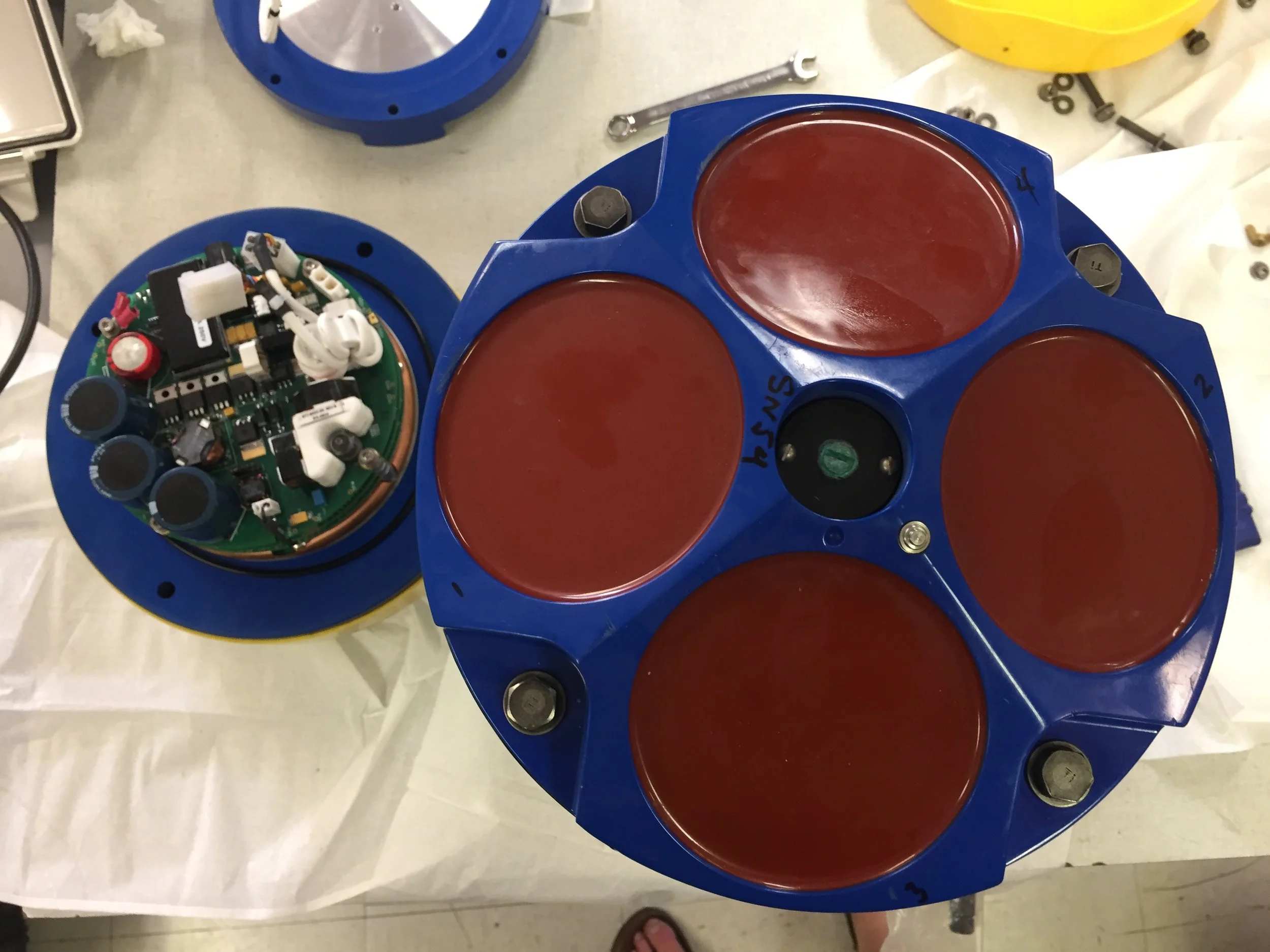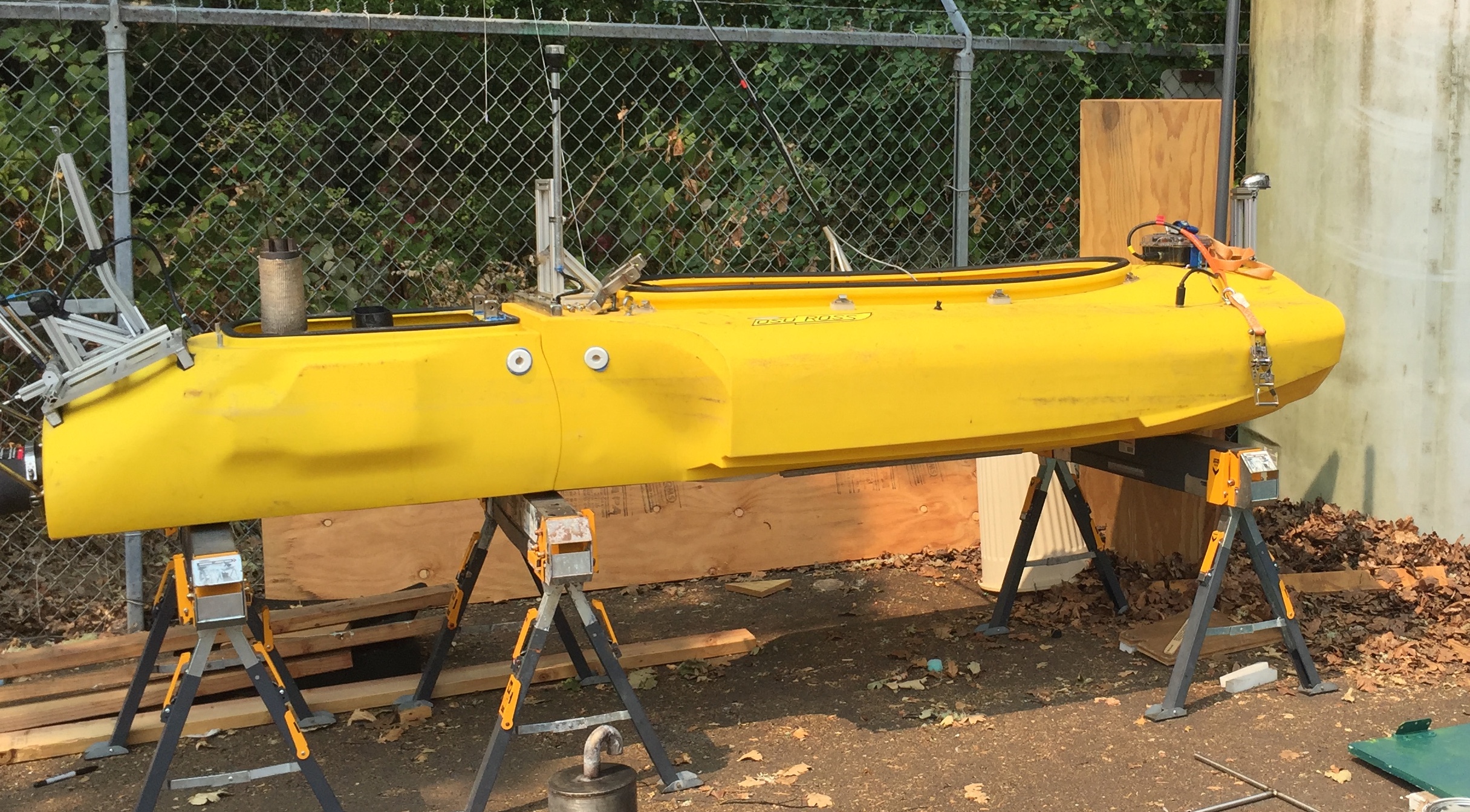by Akua McCleod
One of the big research tasks during the first expedition was deploying our deep mooring – a nearly 80-foot-long cable outfitted with over 10 different instruments. This one was longer and had more instruments than the rest of the moorings, and it was the only we one we deployed from aboard the Amber Anne. This made the timing of everything both exciting and challenging.
Prepping the mooring involved a lot of steps – while attaching all of our instruments, the long cable was coiled in figure eights across the deck (the total mooring cable length is over 150m, nearly 500ft long!). We had to keep the line from getting tangled up and keep a log of instrument locations so that we would know which instruments were measuring at what depths.
This mooring suspends a series of RBR fast temperature profilers at 10-meter increments – which will help us learn a lot about mixing in the water column at different depths. We also attached two CTDs and an Acoustic Doppler Current Profiler (ADCP) to gather data about temperature, pressure, salinity, and currents in the water. The top of the mooring has a oval float, shown here with Jonathan inspecting it. But that oval isn't providing most of the floatation.
Most of the floatation is in a giant float - 3 ft in diameter. ALL OF THIS Is totally underwater, otherwise icebergs would destroy it. So how do we get it back? There is a mechanism at the bottom that has a hook that will release from the anchor when it hears a specific pattern of sound - a code. It is risky. If the release fails, we can't get the mooring and all the data back very easily (we can try to drag the bottom of the fjord for it and try to hook it from the boat).
In the photo below, Jonathan is showing off one of our small moorings, which will go right up next to the glacier. In the upper left of the photo is the giant ball that is for this deep mooring and the yellow instrument at the right is the mechanism designed to release from the anchor.
The final deloyment looked like this (watch for the top float to disappear off behind the boat near the end of the video!)
I think deploying this mooring was one of my favorite parts of this trip – the whole team was involved, and everyone had to coordinate to get all the different parts of the mooring into water at the right time and place, and it was thrilling. Communication between the bridge and the deck was key because the Amber Anne had to be travelling at the right speed as we dropped in each part of the mooring. June and Johnathan worked on getting big instruments off the deck with the crane, while other members of the team radioed the bridge, kept track of when instruments were put in the water, and fed cable over the side of the boat. The best part was watching each of the instruments disappear into the water once the anchor was released.







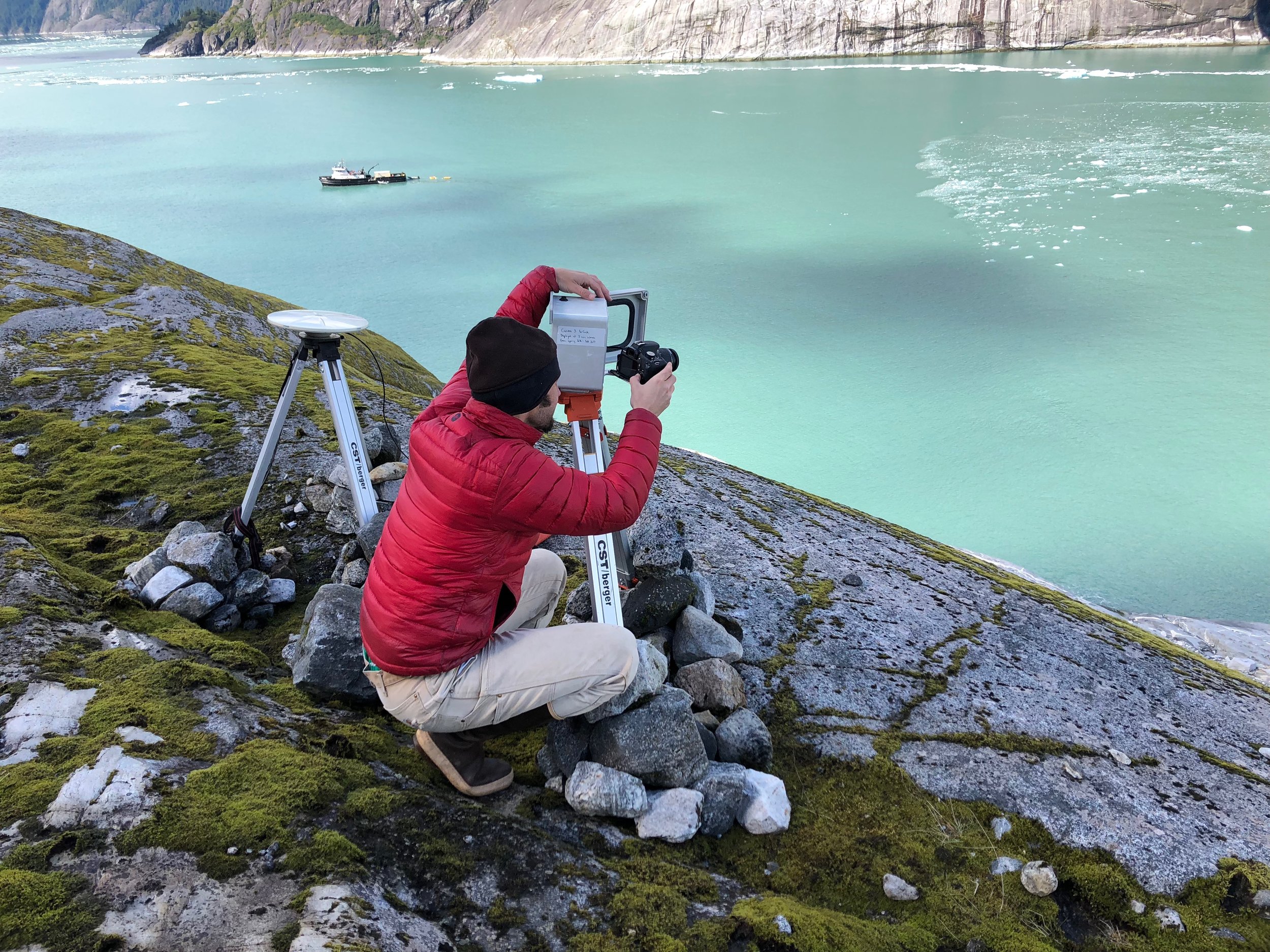
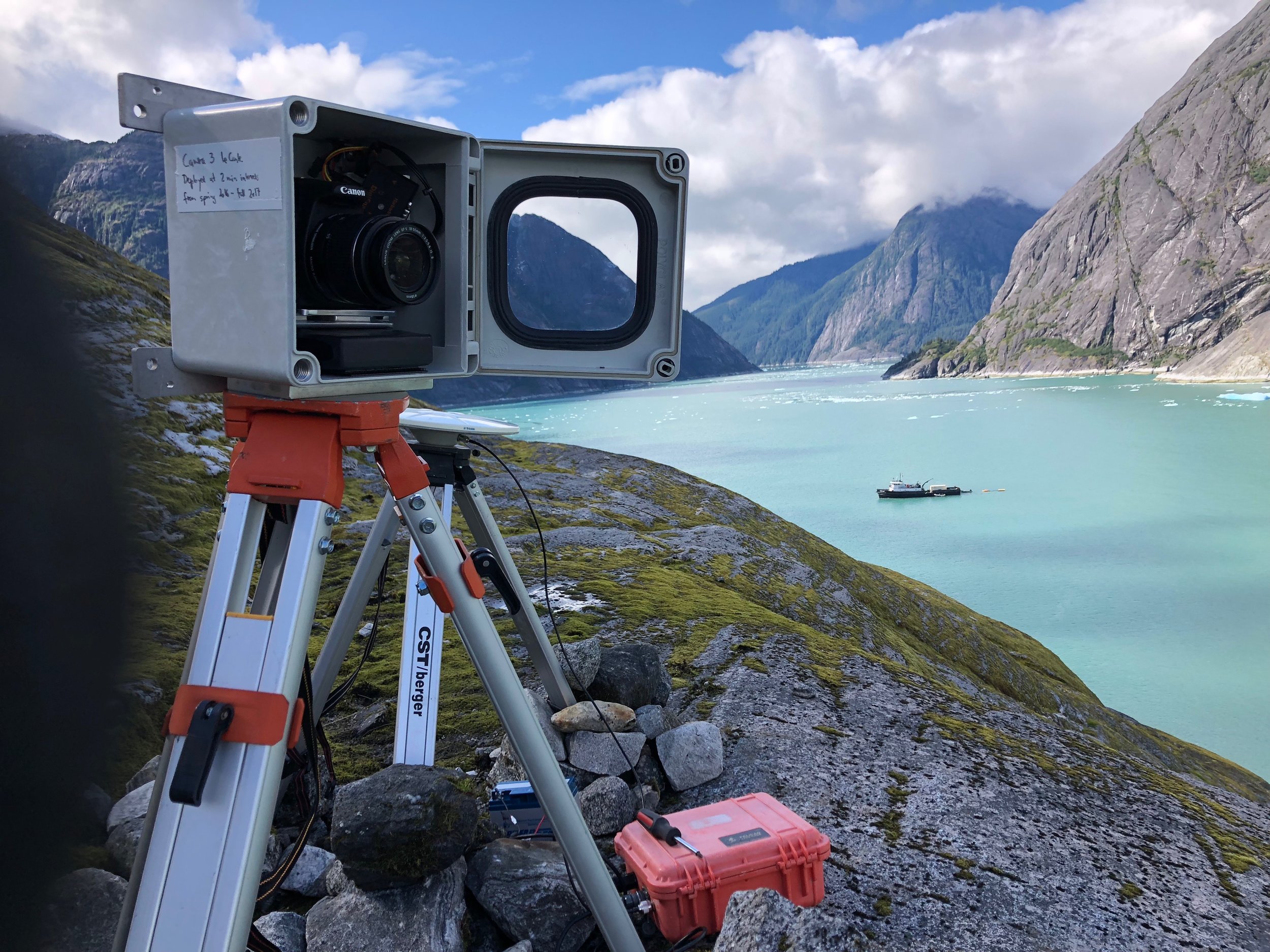


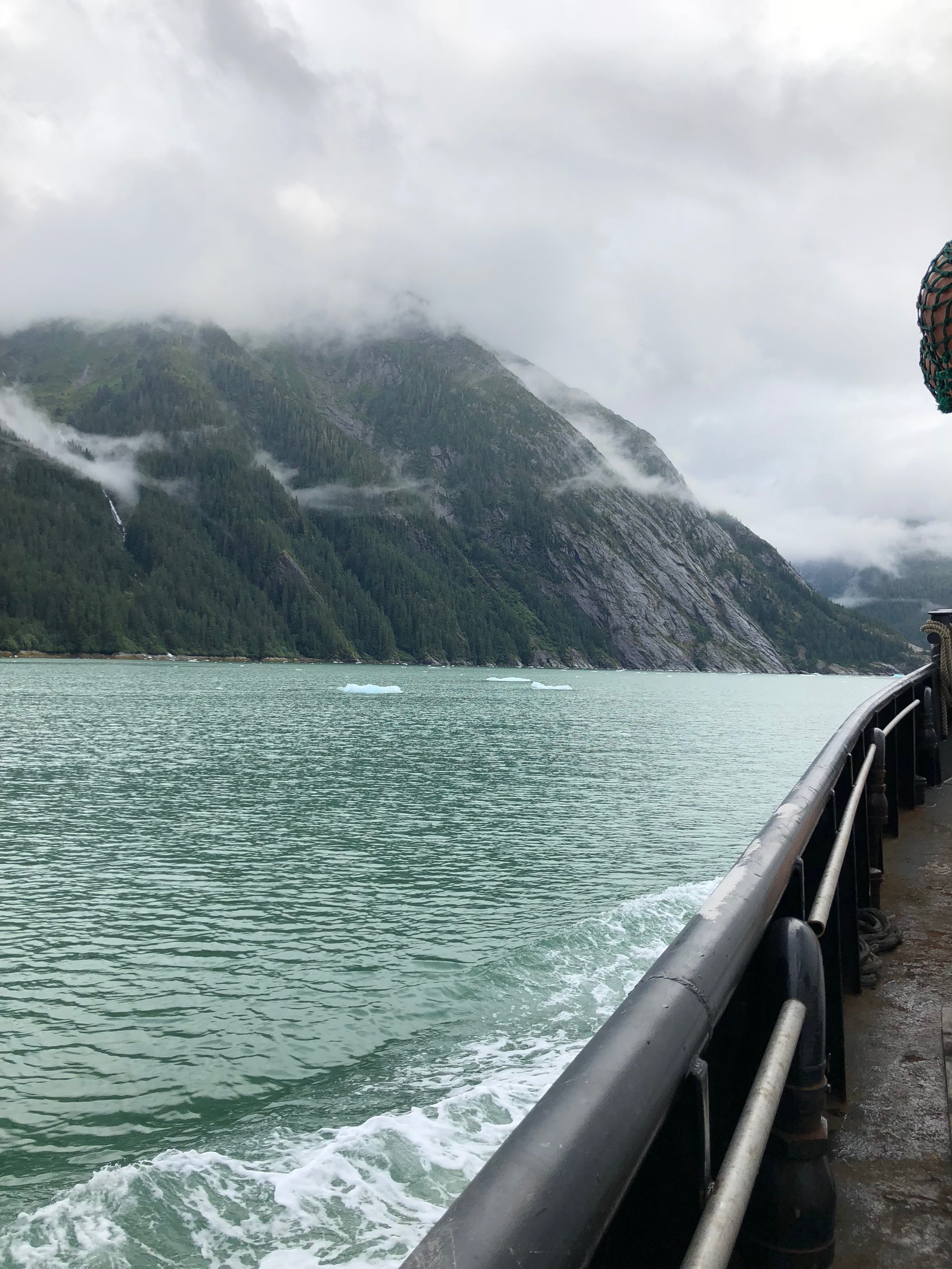



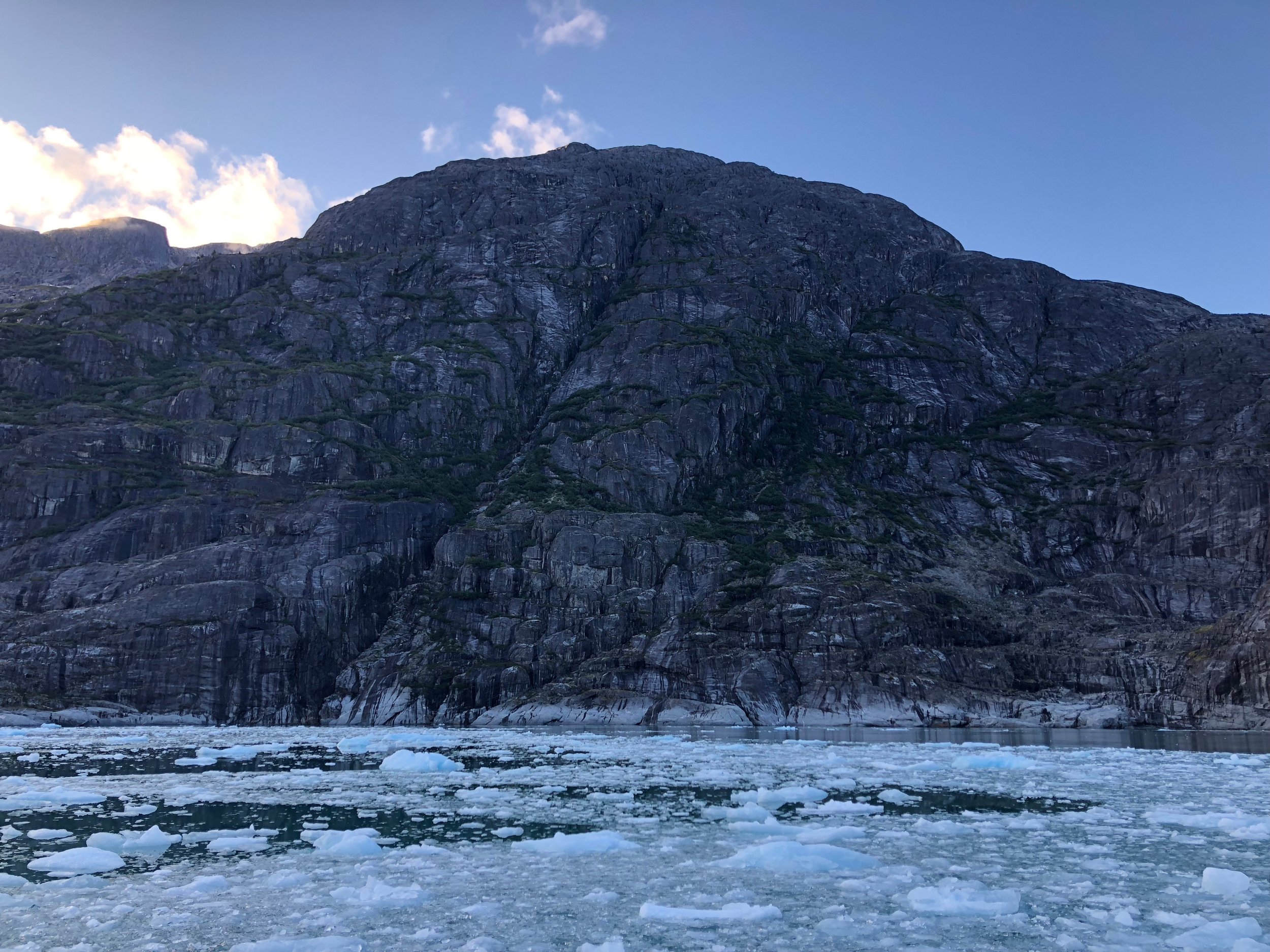




![IMG_8307[1].JPG](https://images.squarespace-cdn.com/content/v1/5351ccd6e4b0e85fd91f1c39/1535382239784-0F3F5VMY4E6FD3YXQTKM/IMG_8307%5B1%5D.JPG)
![IMG_8319[1].JPG](https://images.squarespace-cdn.com/content/v1/5351ccd6e4b0e85fd91f1c39/1535382492907-XKA5GL1Z3A5N17928WM5/IMG_8319%5B1%5D.JPG)
![IMG_8303[1].JPG](https://images.squarespace-cdn.com/content/v1/5351ccd6e4b0e85fd91f1c39/1535382353839-1WT744A6FLHAWXF3IZOE/IMG_8303%5B1%5D.JPG)
